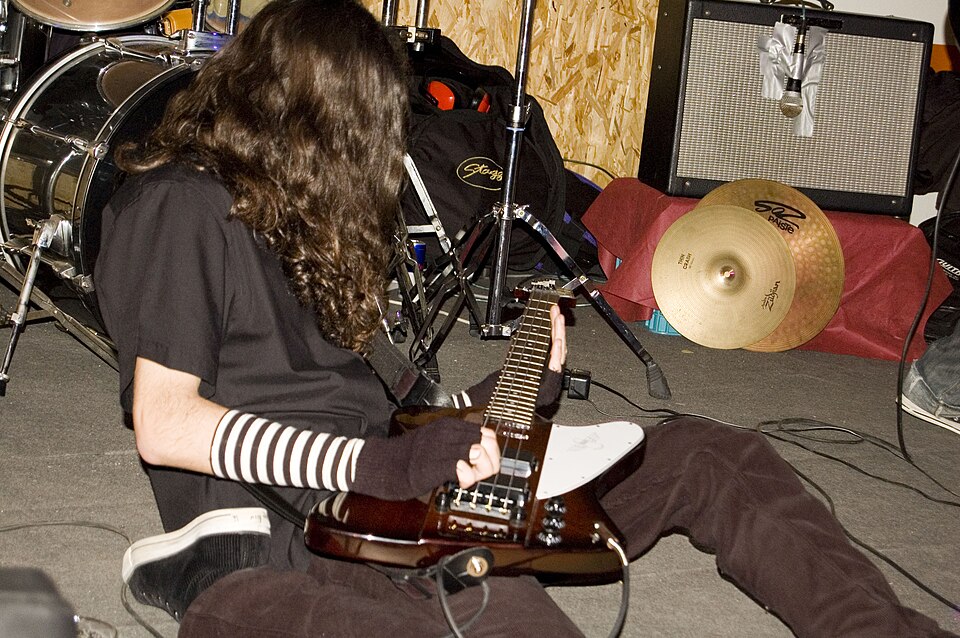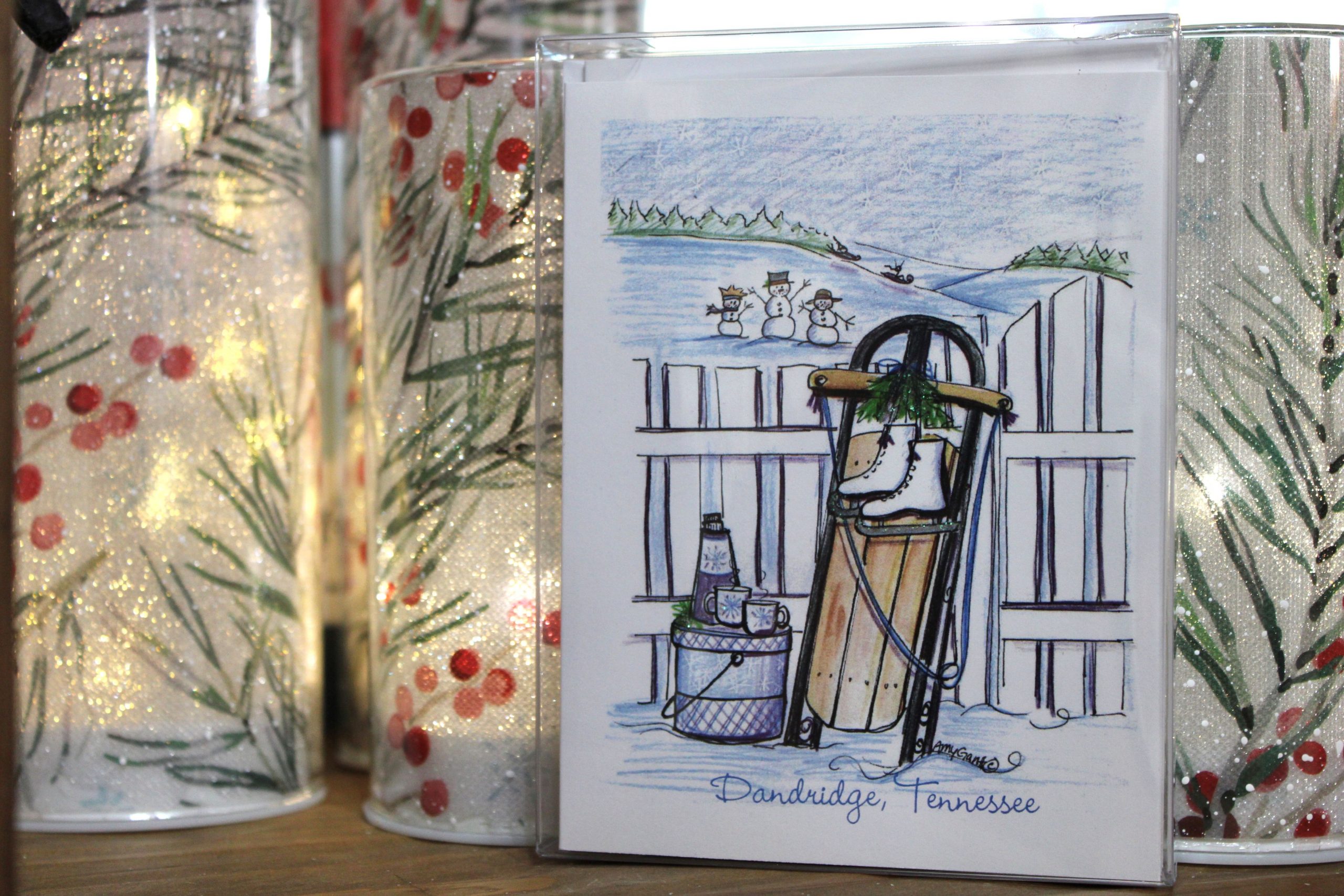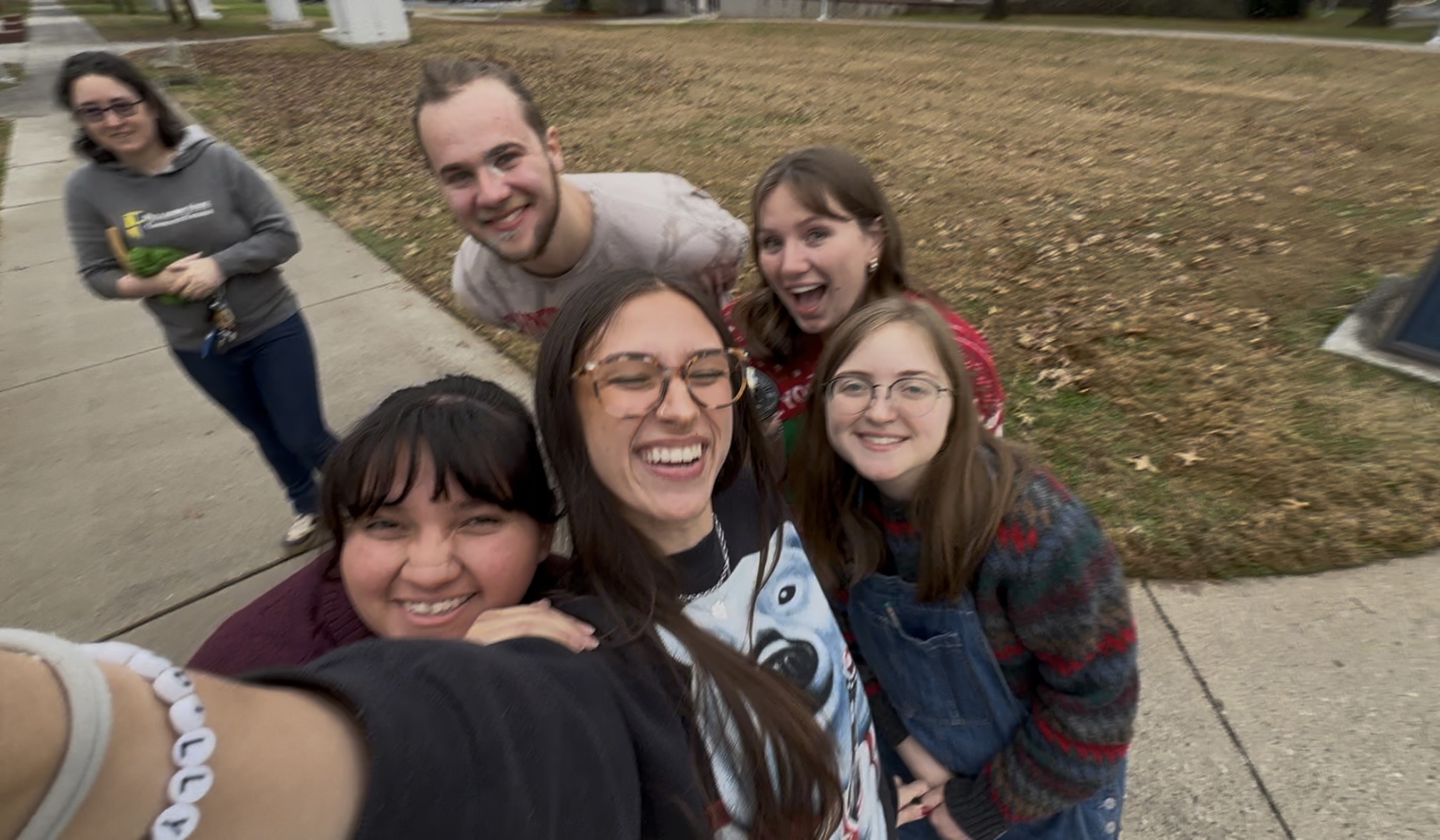By Gerard Urie, Special to the Journal

Imagine you’re walking around downtown Knoxville and, while passing an unassuming brick building, you hear sounds of rustling and loud talking. Outside on the sidewalk, there are a few young people with piercings wearing quirky clothing, while others are walking into the building carrying drumset pieces and guitars. You follow them through the doors and into a dimly lit room.
There are posters of rock bands and abstract art all over the walls, the floors are sticky, and it smells of smoke, armpits, beer, and a hint of patchouli. An amp screeches as it’s being plugged in, and the pierced individuals that were smoking before-hand rush in to stand around the small stage that now holds the individuals that were carrying in the instruments.
The band starts playing loud thumping music and sings about personal things in their lives, and the audience knows every word. Their music is chaotic and imperfect, but this is what is so endearing to the audience. This is what it’s like diving into the world of the Knoxville Alternative Music Scene (KAMS), a community of eclectic and open-minded people who enjoy going to shows at DIY venues to play and listen to local bands play
The KAMS started from a shared love for creativity and self expression, and it thrives through rituals like gathering, creating, and enjoying music. Local music scenes have been around since music first started, connecting people through lyrics and sounds. Alternative music has been around for a long time as well, as any musical subculture falls under the alternative umbrella; rock and roll in the ‘50s, punk in the ‘80s, grunge in the ‘90s, and emo in the 2000s. The modern alternative music scene is a mix of all of those and more.
One important ritual in the scene is creating flyers for shows and posting them to social media to ensure anyone interested knows that there is a show coming up. These shows typically are at local venues, like The Birdhouse and The Pilot Light; however, sometimes they are hosted at a band member’s house or at the local skate park. There are even annual festivals in this scene, like The Punk Rock Flea Market and Big Asses Festival.
At any show in this scene, it is common for attendees to arrive at these shows an hour before the bands start playing. Within this hour, the community helps the bands bring in their stuff while they catch up with other community members. Once the first band starts playing, it’s respectful to come inside and gather around the stage to listen and dance. The music is often about social issues the artist is struggling with like homophobia, transphobia, or even just heartbreak, all of these and more that the listeners can connect with. Having these lyrics to connect to brings the community closer together and having this space to find these connections has been life saving for many members.
Many people in the KAMS are outcasts in their lives for one reason or another and finding others like themselves has helped them feel more comfortable and confident. Finding a community can give people the confidence to embrace being themselves, which is why so many decide to join groups like this and is why they even came to be in the first place.
The Knoxville Alternative Music Scene isn’t just about hanging out and drinking beer while listening to music; it’s about making genuine connections. Subcultures like this one have always had similar views on being judgment-free and bigotry-free spaces, which can make this scene a safe space for many people. Having this safe space to be around like-minded individuals and enjoy music is important to a lot of people and has helped so many find positive relationships and community. Using music, they have found a way to express themselves and find others in the area who can connect with what they say. Through this mutual love of alternative music and open-minded beliefs, this group of eclectic youths have found a family.

Gerard Urie is a pseudonym for a Pellissippi State student.






